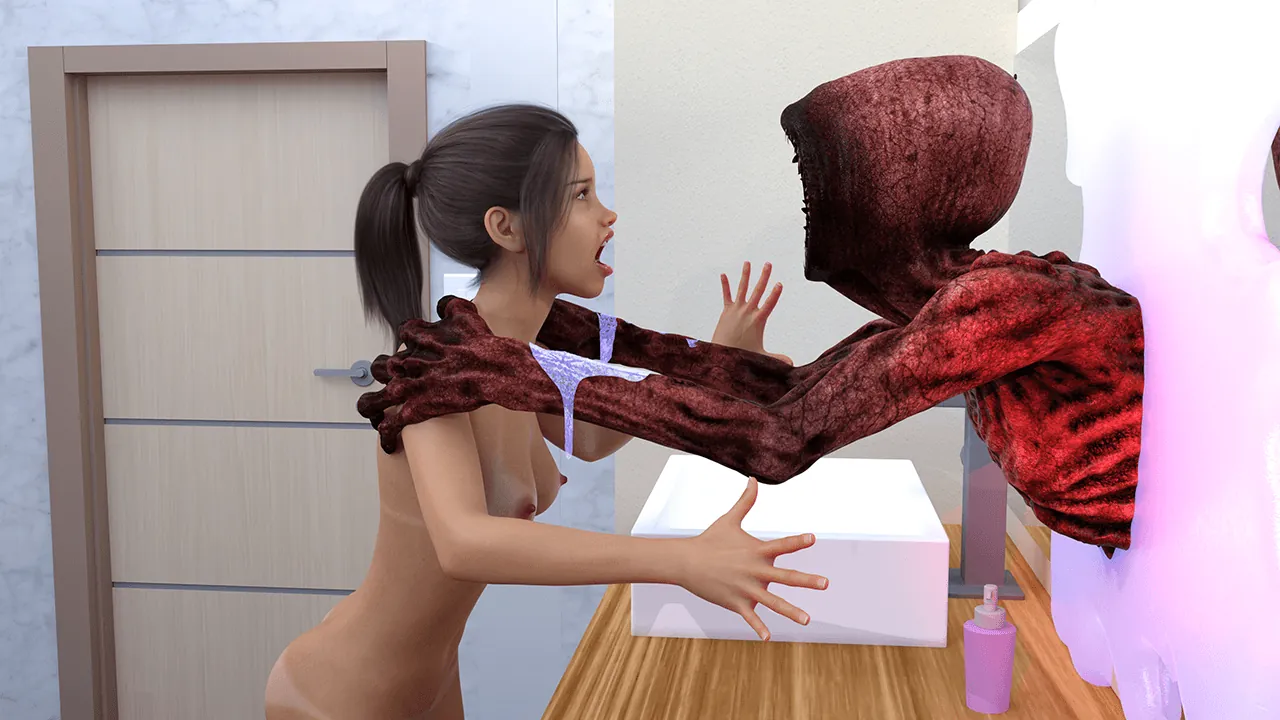
Only a Dream
Play Only a Dream
Only a Dream review
A deep dive into the unique world of Only a Dream
Only a Dream is a game that stands out for its distinctive approach to storytelling and character interaction. Set in a surreal world, the game blends dreamlike visuals with a narrative that explores complex emotions and relationships. For fans of games that push boundaries and offer a unique experience, Only a Dream delivers a memorable journey. This article will explore the game’s story, style, and what makes it a standout title in its genre.
Understanding Only a Dream’s Story and Themes
What is Only a Dream About?
Let me tell you about the first time I truly got lost in Only a Dream. I was playing late at night, the room dark, and I found myself just staring at the screen long after a major story beat, my mind racing. That’s the power of this game’s narrative; it doesn’t just tell you a story, it pulls you into its world so completely that the line between your reality and its fiction starts to blur. 🌀 So, what is the Only a Dream story actually about?
At its heart, the Only a Dream story follows Elara, a young woman who discovers she can navigate and manipulate a shared, collective dreamscape. The core of the Only a Dream narrative isn’t a simple save-the-world quest. Instead, it’s a deeply personal voyage where Elara must confront fragmented versions of her own memories, fears, and unspoken desires, all while interacting with other “dreamers” trapped in this liminal space. The Only a Dream dreamlike setting isn’t just a backdrop; it’s a character in itself, shifting and morphing based on the emotional states of the people within it. One moment you’re in a serene, sun-drenched meadow from Elara’s childhood, and the next, the world twists into a distorted, oppressive cityscape born from another character’s trauma. 😵💫 It’s this constant, unpredictable evolution that makes the Only a Dream emotional journey so compelling and unique.
Key Themes in the Game
The Only a Dream themes are what stick with you long after you put the controller down. This game is a masterclass in exploring heavy, relatable concepts through its beautiful and often unsettling dream logic. The most prominent theme is, without a doubt, the nature of identity. Who are we, really? Are we the sum of our memories, or something more? The game constantly challenges this by presenting Elara with versions of herself and others that are idealized, corrupted, or completely fabricated. 🤔
This ties directly into another powerful theme: desire versus reality. The dreamscape grants wishes, but often in monstrous or misleading ways, forcing characters—and by extension, you, the player—to question what you truly want versus what you think you want. The Only a Dream themes of loss and acceptance are also woven deeply into the fabric of the experience. I remember a particular sequence where Elara had to literally “let go” of a memory represented by a glowing orb; it was a simple gameplay mechanic that carried an immense emotional weight. It’s these subtle interactions that elevate the Only a Dream narrative from a simple plot to a profound exploration of the human condition.
My tip: Pay close attention to the environment. The colors, sounds, and stability of the dream world are a direct reflection of the dominant emotions at play. If things start to look grim and jagged, you know you’re delving into a painful memory.
To give you a clearer picture of how this game stands out, let’s look at how its central ideas compare to others in the genre.
| Theme | In “Only a Dream” | In Similar Games |
|---|---|---|
| Identity & Self | Explored through fluid, mutable versions of the self within a shared subconscious. | Often explored through fixed character backstories or skill-tree choices. |
| Reality vs. Fantasy | The blending is constant and environmental; reality is subjective and personal. | Often a clear binary switch or a “twist” revealed at the end. |
| Emotional Driver | Personal catharsis and understanding internal pain. | Often external motivations like revenge, saving others, or acquiring power. |
✨ This table really highlights why the Only a Dream themes feel so fresh and impactful. The focus is relentlessly inward.
Character Development and Relationships
If the dreamscape is the stage, then the Only a Dream characters are the unforgettable performers who bring it to life. The development of the Only a Dream characters is handled with incredible care, largely because they aren’t developed through traditional exposition, but through your interactions with their dream-selves. Elara starts off confused and fearful, but as you guide her, she grows into a confident navigator of the subconscious, learning to understand her own pain in the process. 🦋
But the real magic lies in the Only a Dream relationships. You don’t just meet characters; you meet the dream-echoes of them. You might encounter a version of the character Kael that is a brave knight, a representation of his own idealized self, and later find a cowering child, which is his hidden fear. Your interactions with these different facets determine the nature of your bond and directly influence the world around you. The Only a Dream relationships are the engine of the plot. Do you help a character confront their monstrous fear, or do you help them hide from it? The choices are rarely about “good” or “evil,” but about empathy and methodology.
These Only a Dream relationships are crucial to the overall Only a Dream narrative. Your connection with another dreamer, Lyra, might involve piecing together her broken memories by finding symbolic objects in the dream. This isn’t a simple fetch quest; by understanding her past, you are actively participating in her healing, and this, in turn, opens up new areas of the dream for you to explore. The Only a Dream emotional journey is therefore a shared one. You’re not just on Elara’s path; you’re walking alongside the other lost souls, and their growth is intrinsically linked to your progress. It creates a powerful sense of shared vulnerability and connection that is rare in gaming. ❤️🩹
Ultimately, the Only a Dream story is one that asks big questions and trusts you to sit with the uncomfortable, ambiguous answers. The Only a Dream themes of identity and desire resonate because they are universal. The growth of the Only a Dream characters and the depth of the Only a Dream relationships make the experience feel profoundly human, even within its most fantastical moments. It’s a game that stays with you, making you look a little closer at your own dreams and memories, wondering what truths they might hold. 🌙
Only a Dream offers a unique and emotionally engaging experience, blending dreamlike visuals with a narrative that explores deep themes and complex relationships. The game’s approach to storytelling and character development sets it apart, making it a memorable title for fans of boundary-pushing games. If you’re looking for a game that challenges conventions and offers a rich, immersive experience, Only a Dream is definitely worth exploring.



















